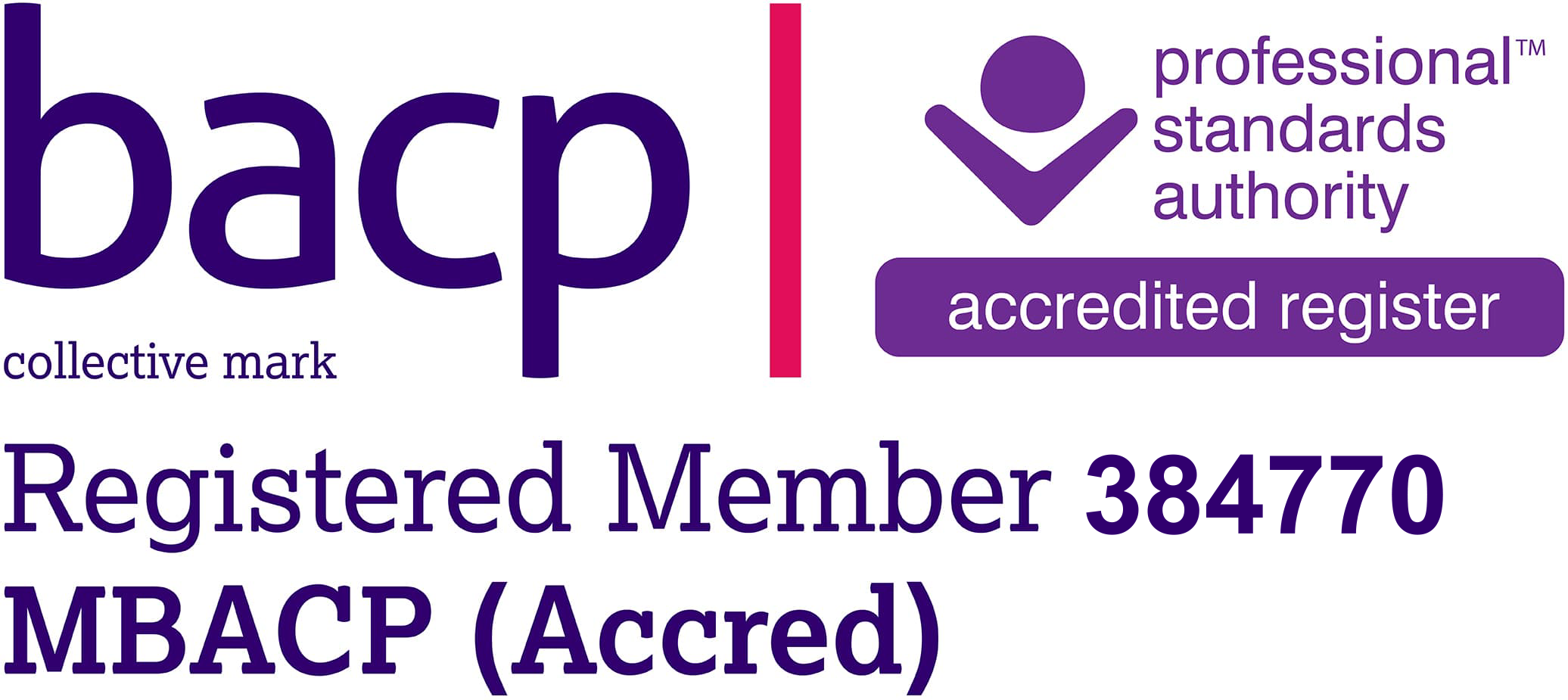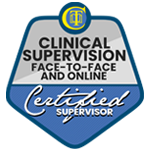Let’s slow down.

One of the most common sentences I find myself repeating to my clients is this:
The slower we go, the faster we get there.
Fisher, J “Healing the Fragmented Selves of trauma survivors; overcoming internal self alienation”.
I remember reading this and how, at the time, there was a part of me which nodded in agreement, whilst another part was sceptical about slowing down. After all, how could going slower possibly help us to recover quicker? What if my clients think I’m being complacent, or, in private practice, trying to spread out the sessions over a longer time span?
Then as I thought about it, it made perfect sense.
In Trauma therapy, if we go too fast, Four things can happen.
One:
We struggle to take in the finer details of our experiencing; thoughts; emotions, body sensations; internal perceptions (images, smells, sounds etc); body movements; body posture; facial expression; body temperature; muscle tension (or lack of). Imagine an open top bus tour showing you around a city you’ve never been to, which hurtles around the side streets at warp 10, to the point where you’re more focussed on remaining in your seat than actually taking in the sights, sounds, smells, architecture, history and people of the city you’re in. When we slow down, we can become curious and make space for choice. If we try to be everywhere at once, we end up being nowhere in particular.
Two:
We can quite easily end up going to places we’re not yet ready to go. Often, there is a part of us which is eager to “get better” or “feel better”, or “get it off our chest”; to prevent lesser understood or appreciated parts from interfering more than they already do. A manager part, for example, might just want everything sewn up so we can get on with life.
Similarly, there can be parts of us which are desperate to be heard and witnessed, and will “spill” their story. In IFS, we always ask if there are any parts of us hesitant about us following a certain path, hearing their fears and concerns, then re-assuring and gaining consent, before we go further. If we don’t do this, we can experience backlash from protective parts of us who feel we’ve gone too far too quickly; their response can be to shut us down, numb us of emotion or even dole out punishments for not listening to them. This can become cyclical, increasing the hypervigilance of going to deeper places and can even evoke a flight response from a part which no longer sees therapy as being safe.
Three:
When we don’t slow down at all, we may crash after the session. Rather than our session being a bell curve; slowing down towards the end of the session into what I like to refer to as “a smooth landing”, we’re left to crash land after the session, and be left dealing with the rawness of emotion, alone. This is less than helpful, and can be re-traumatising in that we are once again in isolation with our pain. This leads us onto…..
Four:
We can become stuck in a state. Without fully realising, we can be in state of high anxiety; re-experiencing the trauma and the panic which went with it, but without processing or bringing meaning to it. Conversely, we can be in a state of shut down; where we’re not connecting enough with the experience, and instead reciting it as though it happened to someone else or we read it in a novel. Neither state allows us to sufficiently witness and heal the parts of us which were traumatised.
When we slow down, we’re able to notice and build awareness of our experience. Building awareness of our body, leads to us building awareness in our body. Even outside of trauma therapy, this is something we can use in daily life to help us listen more fully to what our parts are trying to tell us, and better navigate and experience the world around us.
Now for a quick caveat. For some parts of us, especially hypervigilant parts, slowing down is deemed as unsafe. For other parts, often those which numb or dissociate, being in or aware of our body is something to be avoided at all costs. These parts may try to protect us now, as they did back then, by keeping us in a state of high alert, or by making us zone out when we try to get in touch with our body. Sometimes, slowing down and building awareness can be a slow process in itself, and that’s ok. Just as we check in with parts before we go to deeper places, we check in with parts which have concerns about slowing down, too.
For many clients, great relief has followed from the suggestion that we make small steps rather than giant leaps, and that these small steps are in the direction and at a pace which is right for all parts. After all, would you get onto an open top bus tour which hurtles around at warp 10 then ends the tour by crashing into a wall or running out of diesel? Nope. Neither would I!
This blog is intended for information and educational purposes only and is not intended to replace professional mental health support including diagnosis and treatment. This blog remains the property of the site author, and any un-authorized copy or publishing is prohibited.



